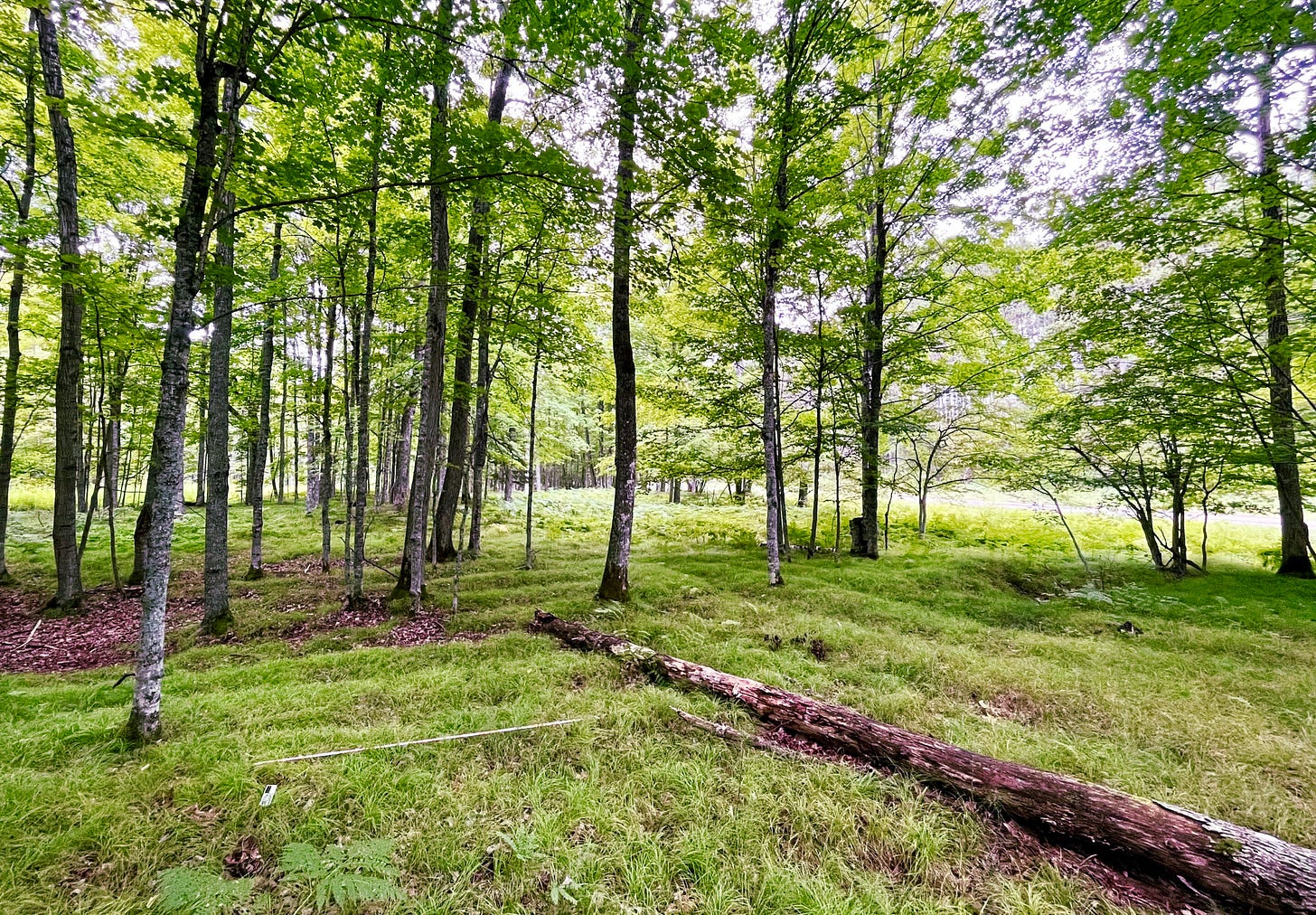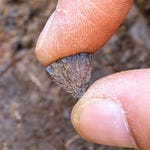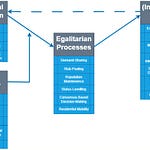Tucked between dense woodlands and rugged rivers, Michigan's Upper Peninsula might seem an unlikely place for ancient agriculture. Yet, beneath the trees along the Menominee River, archaeologists have documented something extraordinary: a vast, millennia-old field system that challenges long-held assumptions about Indigenous subsistence, land management, and societal complexity in pre-Colonial North America.

This newly published research in Science1 centers on the Sixty Islands site, where rows of ancient agricultural ridges stretch across the forest floor, some barely visible beneath the foliage. These ridged garden beds—used to cultivate corn, beans, squash, and other staples—are the legacy of ancestral Menominee communities, whose intensive land stewardship dates back as far as 1000 CE.
"The scale of this agricultural system by ancestral Menominee communities is 10 times larger than what was previously estimated," said Madeleine McLeester, assistant professor of anthropology at Dartmouth and lead author of the study. "That forces us to reconsider a number of preconceived ideas we have about agriculture not only in the region, but globally."
Listen to this episode with a 7-day free trial
Subscribe to Anthropology.net to listen to this post and get 7 days of free access to the full post archives.









